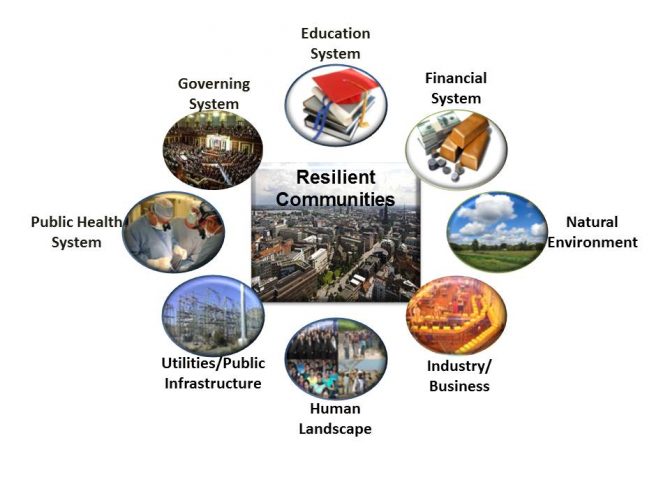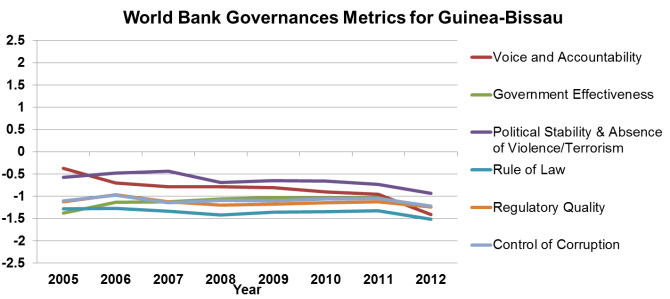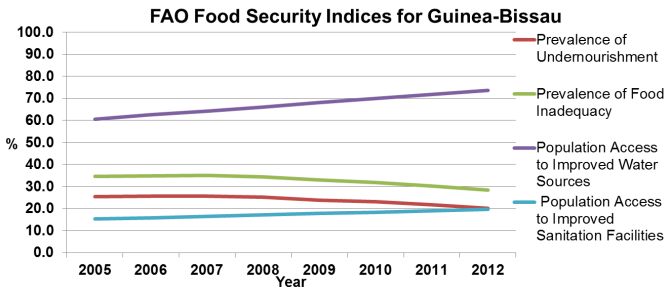Introduction
Community resilience results from the collective output of a set of elements within contributing systems. Figure 1 provides a conceptual view of the elements that can contribute to community resilience. Obvious ones are the physical elements of the supporting infrastructures, the rules and regulations under which they operate, and the economic mechanics by which they are developed, operated, and maintained. Less obvious is the ensemble of actors, the “human landscape,” that encompasses the decision makers, who develop plans and decide which ones to act on; the implementers, who execute the plans; the performers, who operate and maintain the systems on a day-to-day basis; and the impactees, who are both a part of and impacted by the systems that create community resilience. This last group is where the effectiveness of resilience-enhancing activities should be measured.

Role of the Human Landscape in Resilience
Many communities have implemented high-profile resilience initiatives that have resulted in measureable outcomes. In addition, efforts are underway through the International Standards Organization (ISO) to develop standards for more resilient and sustainable communities. The challenge is converting that initial success into long-term, managed resilience. Sustainable community resilience relies on understanding and leveraging the human landscape.
Depending on the context of the problem being studied, the elements of the human landscape required for an analysis can be represented at different levels of aggregation: individuals, households, organizations, communities, populations, etc. In addition, each player in these levels can take on different roles over the course of an analysis, such as decision maker, operator, consumer, impacted individual, etc.
Aspects of the human landscape interact with all of the other elements shown in Figure 1 and can, in turn be impacted by them. The impact of the human condition and interconnections among elements can be demonstrated with a real, ‘first-world’ example.
East Portersville is a small town in Tulare County, California, that is home to about 6,700 people, mainly poor Hispanic farm workers. The town’s water is provided by private wells. During the record drought in California that began in late 2011, about 1,000 of the private wells dried up completely.[1] Residents had to cope with the hot, dry summer of 2015 with no hope of the water levels in the wells rebounding or the community developing a new water infrastructure system to replace the network of private wells. County officials, with the assistance of local relief organizations, launched an emergency campaign to supply residents with bottled and/or trucked-in water. These efforts were stymied by the reluctance of some residents to even admit that their wells had gone dry. Some undocumented residents feared that admitting to governmental officials that they needed water could result in problems with immigration, while families with small children feared that being financially unable to fix the wells might cause them to be declared unfit parents. When county officials communicated to residents that the situation was considered a health crisis and was unrelated to immigration status and child welfare, more residents participated in water relief activities.
The lack of public water infrastructure, combined with the poverty of local residents, makes addressing this crisis difficult. Federal aid is typically given to rebuild public infrastructure. While there are some grant programs and low-interest loans available to drill new wells, these generally only cover a part of the drilling costs, and assume that residents can qualify for the loans and grants. The possible solution for East Porterville is to extend the existing water infrastructure from its larger, more affluent neighbor, Porterville. However, that solution would take many years to complete, assuming the necessary funds could be obtained.
Understanding the roles and contributions of the human landscape to community resilience is especially critical in performing resilience and sustainability assessments in the developing regions of the world, where the view and connection between human and social institutions may be quite different. This is especially true when considering how countries and regions will respond to climate change; they will need both the will and the means to respond.
The Hyogo Framework for Action (HFA) began in 2005 as a 10-year plan with the goal of assisting countries in reducing the risks posed by natural disasters and climate change.[2] HFA participants included a majority of the United Nations countries. In 2015, the HFA was superseded by a new 15-year activity, the Sendai Framework for Action.[3] The HFA involved five priorities that represented the goals for each country; each priority was broken down further into a set of “core indicators.” Figure 2 shows the results of self-assessments by African countries on their progress in meeting the HFA Priorities for 2009–2011.[4] The responding countries covered the spectrum of developed countries as measured by the United Nations (UN) Human Development Index (HDI) project[5] with the majority of the countries being in the categories of “medium” to “low” human development. The five HFA priorities are as follows:
- Priority 1 – Ensure the disaster risk reduction is a national and a local priority with a strong institutional basis for implementation.
- Priority 2 – Identify, assess, and monitor disaster risks and enhance early warning.
- Priority 3 – Use knowledge, innovation, and education to build a culture of safety and resilience at all levels.
- Priority 4 – Reduce the underlying risk factors.
- Priority 5 – Strengthen disaster preparedness for effective response at all levels.
Each priority was subdivided into a set of core indicators, and the responses were expressed in terms of levels of achievement. The achievement levels are based on a Likert 1–5 scale using the definitions given below. Argonne researchers analyzed the responses to generate the results shown in Figure 2. (These analyses were performed for 86 countries; those results are available upon request.)
5 – Comprehensive achievement has been attained with sustained commitment and capacities at all levels.
4 – Substantial achievement has been attained with some limitations in key aspects, such as financial resources and/or operational capacities.
3 – Institutional commitment attained, but achievements are neither comprehensive nor substantial.
2 – Some progress, but without systematic policy and/or institutional commitment.
1 – Minor progress with few signs of forward action in plans or policy.
Figure 2 shows the average for the reporting countries in Africa and their rankings from greatest to least progress. For example, Guinea-Bissau reported little to no progress in meeting the HFA goals. The initial theory was that they were underreporting their success in order to attract support from the international donor community. Guinea-Bissau is located on the West African coast between Senegal and Guinea and is a former Portuguese colony that gained independence in 1974. It is a small country in terms of both size and population—less than 3 times the size of the State of Connecticut with an estimated July 2015 population of about 1.73 million. The degree of urbanization in the country is 49.3%, with an estimated 2010–2015 annual rate of urbanization change of 4.13%.
In this case, Argonne analysts conducted further assessment using independent data from World Bank governance assessments,[10] data from the UN HDI efforts, and a subset of data from the UN Food and Agricultural Organization (FAO) Food Security Indicators database.[11] Both the World Bank governance and the FAO food security data are for 2005–2012 to mirror the time period of the HFA.
Figure 3 shows a cross-mapping of World Bank governance assessments, a subset of the UN HDI results, and FAO food security metrics for Guinea-Bissau. All three sets of results point to major issues in Guinea-Bissau systems. The World Bank governance assessment values range from 2.5 (strong governance principles) to -2.5 (weak governance principles) and highlight major issues in the human landscape in Guinea-Bissau. The large range is because the assessments involve perceptions by both the subjects of the country and by external groups interacting with the government on how the human performers are performing.



| HDI Ranking (Out of 198) | Life Expectancy at Birth (Years) | Under 5 Years Mortality Rate (per 1,000 live births) | Maternal Mortality Rate (per 100,000 live births) | Gross National Income Per Capita ($) |
| 177
Low |
54.3 | 129 | 790 | 1,090 |
Summary and Conclusions
Resilience in a community or region is determined by an ensemble of interconnected systems. The human landscape is one of the elements of such systems; it consists of the players and actors who make decisions, implement actions, and are impacted by those actions. The role of the human landscape is often not fully considered in developing resilience enhancement activities or is assumed to always work in the perceived best interest of the population. Understanding the nuances and realities of how human landscape elements perform is critical in developing effective resilience plans and activities. Resilience failures can as easily result from vulnerabilities in the human landscape as in physical infrastructures.
Dr. John R. Hummel heads the Center for Integrated Resiliency Analysis in the Global Security Sciences Division at Argonne National Laboratory. He is also a Senior Fellow with the Computation Institute of the University of Chicago.
Dr. Jennifer Schneider, CIH, is the Eugene H. Fram Chair of Applied Critical Thinking in Academic Affairs, principal of the Collaboratory for Resiliency & Recovery, and professor in the Department of Civil Engineering Technology, Environmental Management & Safety at the Rochester Institute of Technology.
Acknowledgement
This work was supported by the Center for Integrated Resiliency Analyses, in cooperation with the Collaboratory for Resiliency & Recovery at the Rochester Institute of Technology. The submitted manuscript has been created by UChicago Argonne, LLC, Operator of Argonne National Laboratory (“Argonne”). Argonne is a U.S. Department of Energy Office of Science laboratory operating under Contract DE-AC02-06CH11357. The U.S. Government retains for itself, and others acting on its behalf, a paid-up nonexclusive, irrevocable worldwide license to reproduce, prepare derivative works, distribute copies to the public, and perform publicly and display publicly, by or on behalf of the U.S. Government. This work was supported by the Center for Integrated Resiliency Analyses, in cooperation with the Collaboratory for Resiliency & Recovery at RIT.
References
[1] Jessica Glenza, “The California Town with No Water: Even an ‘Angel’ Can’t Stop the Wells Going Dry,” The Guardian, April 20, 2015, https://www.theguardian.com/us-news/2015/apr/20/east-porterville-california-drought-bottled-water-showers-toilets.
[2] United Nations International Strategy for Disaster Recovery, Hyogo Framework for Action 2005–2015: Building the Resilience of Nations and Communities to Disasters (Geneva, Switzerland; United Nations International Strategy for Disaster Reduction, 2005), http://www.unisdr.org/2005/wcdr/intergover/official-doc/L-docs/Hyogo-framework-for-action-english.pdf.
[3] United Nations International Strategy for Disaster Recovery, Sendai Framework for Disaster Risk Reduction 2015–2030, (Geneva, Switzerland; United Nations International Strategy for Disaster Reduction, 2015), http://www.unisdr.org/files/43291_sendaiframeworkfordrren.pdf.
[4] United Nations International Strategy for Disaster Reduction, Compilation of National Progress Reports on the Implementation of the Hyogo Framework for Action (2009):
- Priority 1 (18 Aug. 2011a), http://www.preventionweb.net/english/hyogo/progress/priority1/?pid:223&pil:1;
- Priority 2 (18 Aug. 2011b), http://www.preventionweb.net/english/hyogo/progress/priority2/?pid:225&pil:1;
- Priority 3 (18 Aug. 2011c), http://www.preventionweb.net/english/hyogo/progress/priority3/?pid:225&pil:1;
- Priority 4 (18 Aug. 2011d), http://www.preventionweb.net/english/hyogo/progress/priority4/?pid:226&pil:1;
- Priority 5 (18 Aug. 2011e), http://www.preventionweb.net/english/hyogo/progress/priority5/?pid:227&pil:1.
[5] United Nations Development Programme, Human Development Report 2014— Sustaining Human Progress: Reduction Vulnerabilities and Building Resilience (United Nations Development Programme, 2014), http://hdr.undp.org/sites/default/files/hdr14-summary-en.pdf.
[6] Daniel Kaufmann, Aart Kraay, & Massimo Mastruzzi, Governance Matters VIII, Aggregate and Individual Governance Indicators, 1996–2008, Policy Research Working Paper 4978 (Development Research Group, Macroeconomics and Growth Team; The World Bank, June 2009), https://papers.ssrn.com/sol3/papers.cfm?abstract_id=1424591.
[7] United Nations Food and Agricultural Organization, Food Security Indicators, 2014, http://www.fao.org/economic/ess/ess-fs/ess-fadata/en/#.VVt1eE0cSUm.

